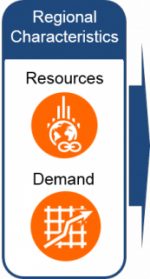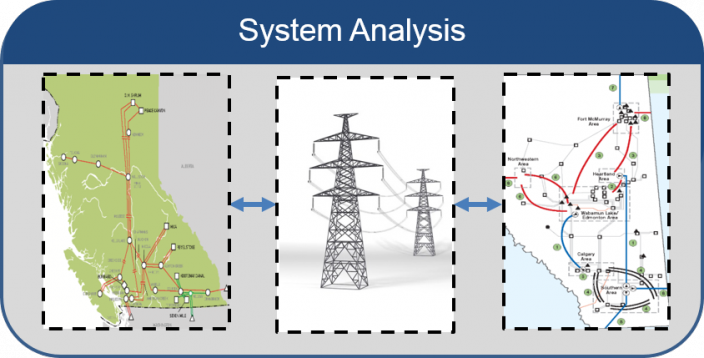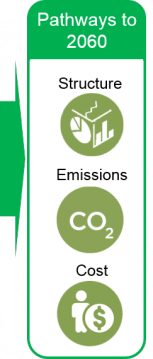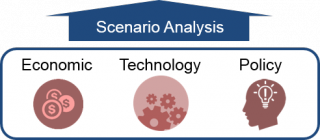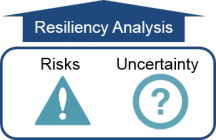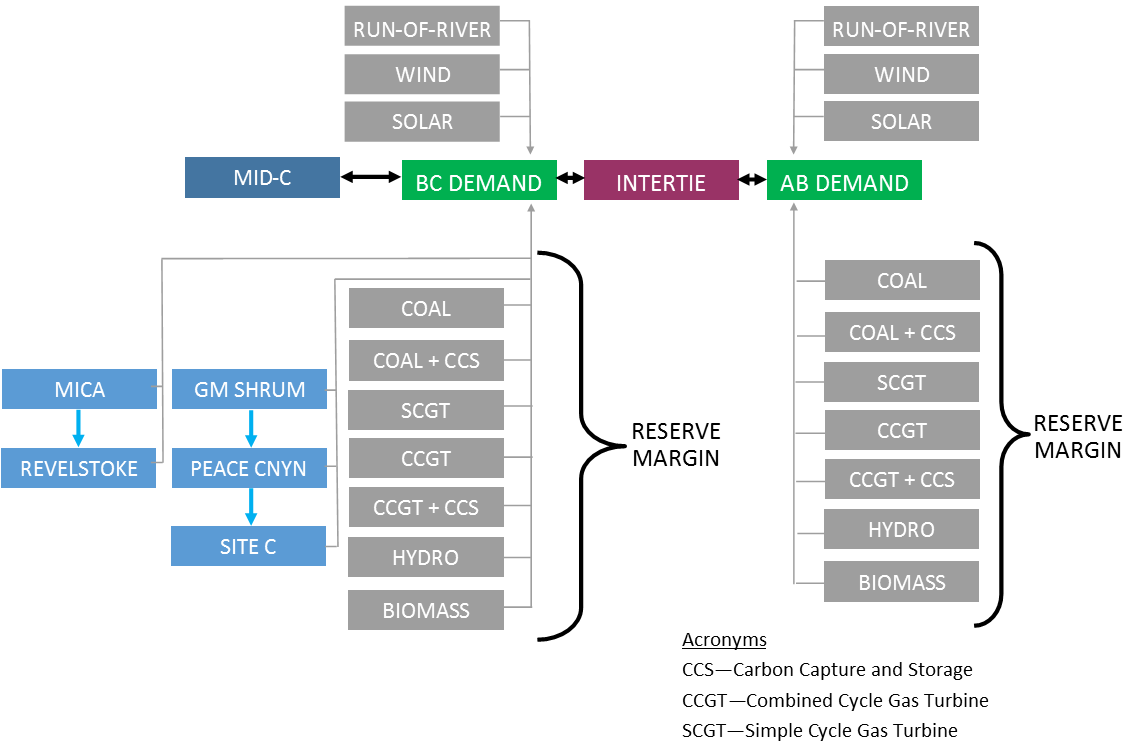Click on individual components of the image above for additional detail on the 2060 Project approach
System analysis
As an initial case study, the 2060 Project focuses on the electrical generation of British Columbia (BC) and Alberta (AB) to identify whether development of a region’s low-CO2 generation is more economic, sustainable and resilient than use of increased transmission from neighbouring regions. The Albertan electrical system is heavily dependent on carbon intensive power generation while the British Columbia electrical system is hydroelectric dominated, and features unique multi-year water, or energy, storage capabilities. BC Hydro’s large multi-year storage capabilities may be capable of facilitating significant CO2 reductions for neighbouring Alberta, if the correct guiding policies and investments are implemented
Figure 4 provides a simple overview of the BC / AB OSeMOSYS model. Within OSeMOSYS, each province is modelled as a single node with an accurate assessment of current generator capacities, resource options, and intertie transmission. The effect of market pricing within the Western Electric Coordinating Council (WECC) region is modelled through a price signal at the Mid-Columbia node. This OSeMOSYS model allows rapid scenario analysis of the long term evolution of the annual generation and capacity installations yet it is unable to resolve interprovincial transmission constraints or geographic resource dispersal effects. In order assess these effects and provide resiliency metrics, based on the uncertainties and risks associated with these long term predictions, we utilize the PLEXOS model.
Figure 4: Schematic representation of BC & AB Osemosys Model
Figure 5 presents the spatial distribution and improved resolution implicit to the PLEXOS model. Utilizing PLEXOS to investigate significant transition within the OSeMOSYS results allows the 2060 Project researchers to investigate smaller regional effects and more accurately represent the geographic resource and load distribution. The PLEXOS model can used to investigate transmission and generator build-out, grid resiliency, short term market fluctuations and stochastic representations of the inherent uncertainties within the long term OSeMOSYS modelling.
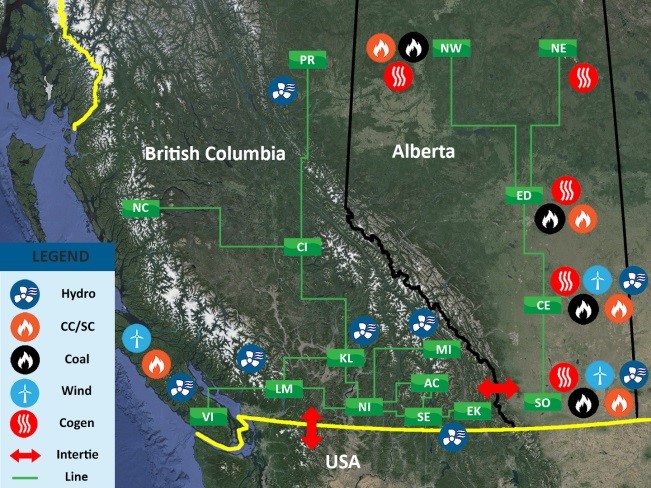 Figure 5: Schematic representation of BC & AB Plexos Model
Figure 5: Schematic representation of BC & AB Plexos Model
